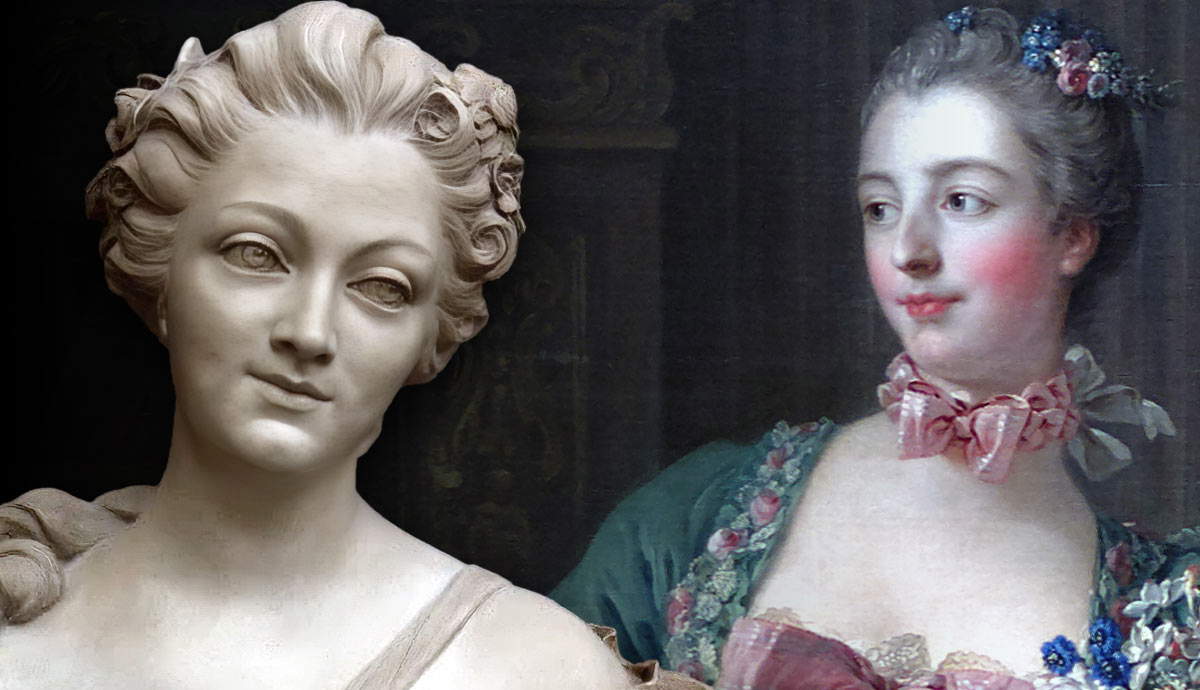
Albert Einstein was an exceptional scientist but also a highly unconventional thinker whose life defied academic norms. In 1905, at just 26 years old, while working at the Swiss Patent Office, Einstein published a series of papers that came to transform our understanding the universe. As a result, he became the world’s first global scientific celebrity. However, before Einstein became a household name, he was first a misunderstood child, an undistinguished student, a restless thinker, and a first-class rebel against all educational authority.
To understand the man behind the theory – and thus better understand the theory itself – it makes sense to explore Einstein’s formative years.
What Happened During Einstein’s Early Life?

Albert Einstein was born in Ulm, Bavaria (modern Germany) in 1879. He was initially home-schooled and grew up immersed in the world of technology – his father, Hermann, and uncle, Jakob, were proprietors of an electro-technology business. His father’s early profession may well have planted the seeds for Einstein’s fascination with electromagnetism.
In 1880, the Einstein family moved to Munich, where Albert was enrolled in a Catholic primary school. At nine, he entered the local gymnasium and for a time became fervently religious, before abandoning his Judaism at the age of twelve. He skipped many subjects but particularly excelled in the study of mathematics and science.
In 1894, after his father’s business failed to land a major contract in Munich, Hermann moved to Milan, Italy, to seek work with a relative. Albert was left behind in Munich. Alone and fearful of the prospect of military service when he turned 16, Einstein dropped out and fled to join his family in Italy.
Faced with limited options – and concerned parents – he applied from Italy to the Swiss Federal Institute of Technology in Zurich. Though he initially failed the entrance exam, his exceptional maths scores earned him conditional acceptance, provided he completed his high school education.
Einstein got the job done at a finishing school in Switzerland and in 1896 was admitted to the Institute of Technology. Against Hermann’s wish that he study engineering, Albert enthusiastically enrolled in the theoretical physics and mathematics programme.
An Undistinguished Student?

As a young boy, Einstein frequently ranked first in his class at the catholic primary school he attended in Munich. However, his academic performance became increasingly erratic as he grew older. Contrary to popular myth that Einstein was a ‘poor student,’ it’s more accurate to say that he did well in subjects that captured his imagination, while he largely ignored those that didn’t. He skipped classes and openly clashed with his teachers. Reflecting on his school years, he famously joked that he was “no Einstein” when he was a student.
Two formative childhood experiences nonetheless profoundly shaped his scientific outlook. His discovery of a compass age five, as the spark behind his fascination with invisible forces, and discovery of a geometry book at twelve, his “little book of wonders”. These moments helped spark a lifelong passion for science.
By the age of fifteen, Einstein had conceived of the thought experiment that would come to define his career: “What would it be like to ride alongside a beam of light?” Einstein puzzled over this idea for over a decade before resolving the question in his theory of special relativity.
When Was Einstein in Zurich?

At the Swiss Federal Institute of Technology in Zurich, Einstein remained a highly capable but unconventional student. He often skipped lectures in favor of studying advanced topics by himself.
Relying on notes from his friend Marcel Grossmann, he passed his exams to graduate with a teaching diploma in mathematics and physics. However, his “free spirit” and frequent disregard for academic protocol produced strained relationships with his professors. As a result, when he graduated, not a single member of the academic faculty offered him a letter of recommendation.
Einstein’s distaste for the rigidity of formal education was no secret. He once expressed genuine surprise that “modern methods of instruction have not yet entirely strangled the holy curiosity of inquiry.” He championed independent thinking and free inquiry above all else, but his academic nonconformity came at an (albeit temporary) cost: despite his talents, every application he made for an academic position was rejected.
What Did Einstein Do in the Patent Office?

After he graduated, Einstein scraped by in a series of low-paid jobs until, eventually, in 1902, he landed a position as a “Technical Expert” at the Swiss Patent Office in Bern. His job involved reviewing patents for their patentability, assessing their feasibility and above all, originality.
Einstein spent seven years working at the patent office. Though the work was intellectually stimulating, it was not too demanding. This suited Einstein perfectly. He was able to both excel in his job and find the time to contemplate the fundamental structure of the universe.
Outside of work, he continued to immerse himself in the latest scientific literature. He wrote numerous scientific reviews and kept abreast of the cutting-edge developments in the field, from electromagnetic theory to statistical mechanics. He kept sharp through participation in philosophical and scientific discussions with friends through an informal group known as the Olympia Academy.

Then came Einstein’s “annus mirabilis” or ‘miracle year.’ In 1905, while still working full time at the patent office, Einstein published five remarkable papers that would revolutionize modern physics. Amongst these papers were his explanations of the photoelectric effect and Brownian motion; theory of special relativity; and work on the equivalence of mass and energy – famously expressed as E=Mc2. While at first glance his time working at the Swiss Patent Office appears to have been an intellectual detour, for Einstein, it served as the “worldly cloister where [he] hatched [his] most beautiful ideas.”










